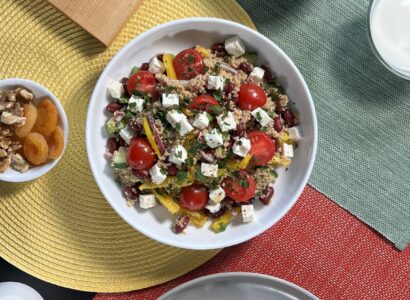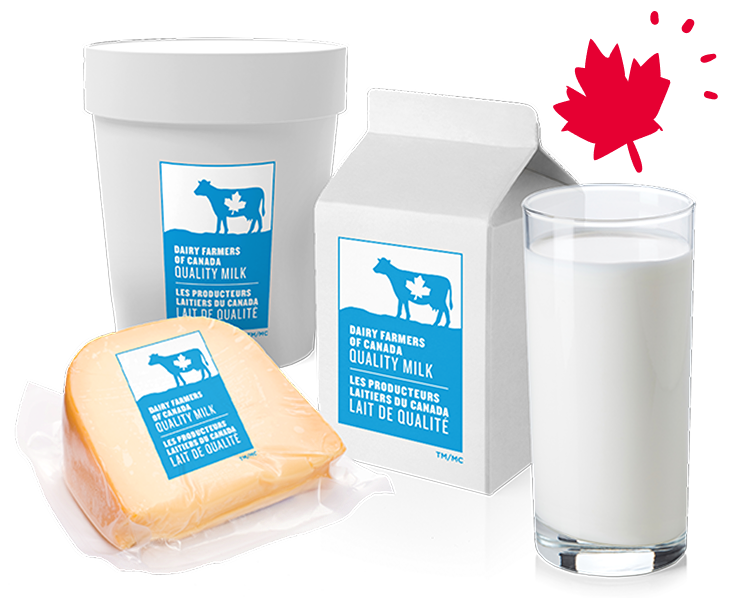Articles
Curious about nutrition and healthy eating? Want to eat a more sustainable diet?
Explore these articles written by dietitians on today’s top nutrition topics.
No results found. Please try adjusting the filters.

Protein: A Key Nutrient for all

Taking a closer look at the nutrients in dairy products: Simply nutritious!

Vitamin D 101: Essential Facts for Everyday Health

Milk Products: Your Partner in Healthy Eating

Surprising Things You May Not Know About Calcium

Quick and easy breakfast ideas to start your day off right

Protein for Your Fitness and Health

The Scoop on Lactose Intolerance

Nutritious Beverages to Stay Hydrated All Day Long!

Cooking with Kids: A Delicious Way to Have Fun!

Healthy Eating for a Healthy Blood Pressure and a Healthy Heart

Should I Worry About Artificial Growth Hormones in Canadian Milk? No!

Get Active: Live Better

Tips That Make it Easier to Add More Vegetables and Fruit to Your Diet

Fibre-Rich Foods are a Must for Your Health

4 Tips for a Healthier You and a Healthier Planet

Getting Back to Basics with Healthy Eating

Healthy Ways to Satisfy Your Sweet Tooth

Eating Well with Restaurant Food

Enjoy the holidays without overeating or feeling guilty

